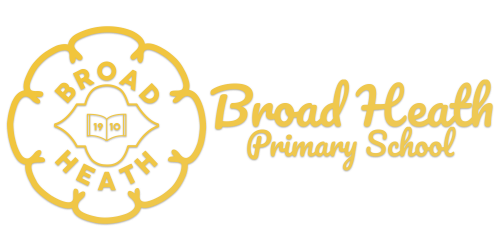Hi year 4,
Here is this week’s homework. Don’t forget it must be finished by Wednesday morning. Complete a minimum of two pieces and if you have any problems, let your teacher know on Monday morning.
Maths
To solve addition and subtraction challenges and explain.
Answer the following questions. Show your workings out in your homework book and explain the mistakes.



English
To recognise different forms of poetry.
Education city- complete the activity ‘For Better or Verse,’ on Education City.
Homework is set at Autumn 2 week 1.
WOW
History: To research 10 facts about the Anglo-Saxons
Research 10 facts about the Anglo-Saxons.
Write your facts in your homework book OR make a poster.
Don’t forget to read daily, practise your spellings and to play TTRS!

Leave a Reply
You must be logged in to post a comment.